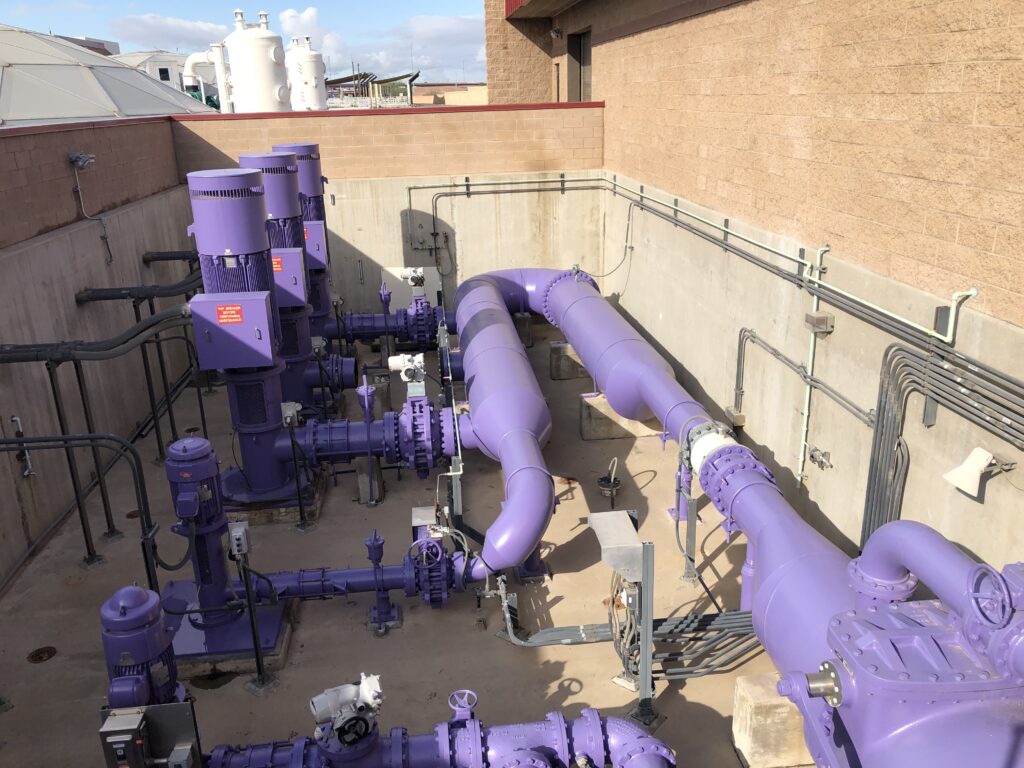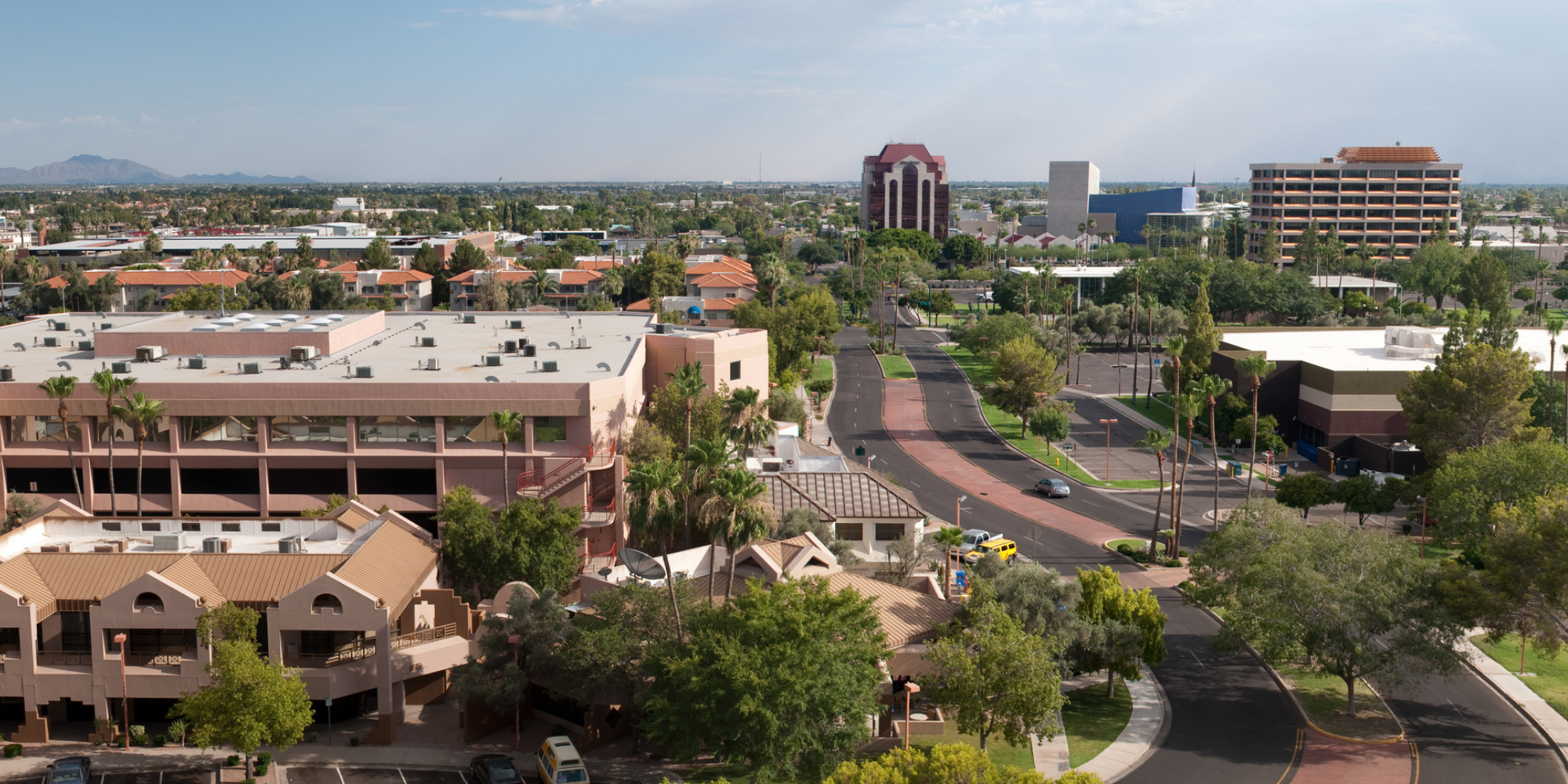
Throughout the state of Arizona, the challenge of bringing water to people is one the state has grappled with for decades. The Central Arizona Project (CAP) was created by the Colorado River Basin Project Act of 1968, signed by President Lyndon Johnson on September 30, 1968. It formed a 336-mile system that brings Colorado River water to central and southern Arizona to deliver the state’s single largest renewable water supply serving 80% of the state’s population. It has offered most Arizonans water for a long time, but with some parts of the state steadily continuing to grow, more is needed to address water needs.
| Numbers at a Glance | |
| Project Cost | $90-100 million |
| Current Cost of Water for Mesa | $10,000 per acre-foot |
| Cost of Water with pipeline | $52 per acre-foot |
Mesa, AZ, with a population of 538,146, is the 3rd largest city in the state and its growth has expanded steadily for the last 20 years. Bringing water to all constituents in Mesa and especially to the Gila River Indian Community has presented new and difficult challenges. City leaders in Mesa propose the Central Mesa Reuse Pipeline as the solution to the city’s water woes, but at a $100 million price tag, it will not be possible without the federal government investing as a partner.
“The Central Mesa Reuse Pipeline is the key to unlock future growth in Mesa. With federal investment, we can accelerate the construction of the pipeline and get water to communities in need. Several billions of dollars of private investment is coming to Mesa. We need to be prepared.”
Mesa Vice Mayor Jenn Duff
How Building the Central Mesa Reuse Pipeline Helps Arizona

According to the American Society of Civil Engineers, Arizona will have more than $15 billion in drinking water and wastewater infrastructure needs over the next two decades. The construction of the pipeline would allow Mesa to move forward with an agreement with the Gila River Indian Community that would exchange treated effluent (wastewater) for billions of gallons of drinking water. This would help continue to fuel the economic development in southeast Mesa and help the Native American community receive water for irrigating crops at much cheaper rates. Without the pipeline, Mesa will be forced to allocate more city funds to purchase water delaying other major infrastructure projects important to the city’s rapid growth.
Cities Are Ready to Rebuild with Congress’ Help
Mesa’s infrastructure story is one of the hundreds across the country. From the smallest to largest communities, every community has an infrastructure story to tell, and NLC’s Ready to Rebuild report showcases a range of transportation, water, broadband, and workforce development projects across the country from communities of all sizes that Congress could support with legislation. While projects are different, the message from local officials is the same: infrastructure is a job worth doing, but in most places, it’s now beyond what the local government can handle on its own. Does that sound familiar?
Take Action: Highlight Your City and Why You’re #ReadytoRebuild
Join NLC as we keep calling on Congress to directly invest in local infrastructure and prepare for a better future.
- Congress is actively moving an infrastructure package so now is the time to share your infrastructure priorities with your Member of Congress’ staffer in Washington, DC: Use NLC’s pre-drafted letter here, or if you want a staffer’s email from your Member of Congress’ office, please just let us know at advocacy@nlc.org.
- Would you like to have your city highlighted? Take a few minutes to fill out NLC’s Ready to Rebuild form to share your priority projects here.









